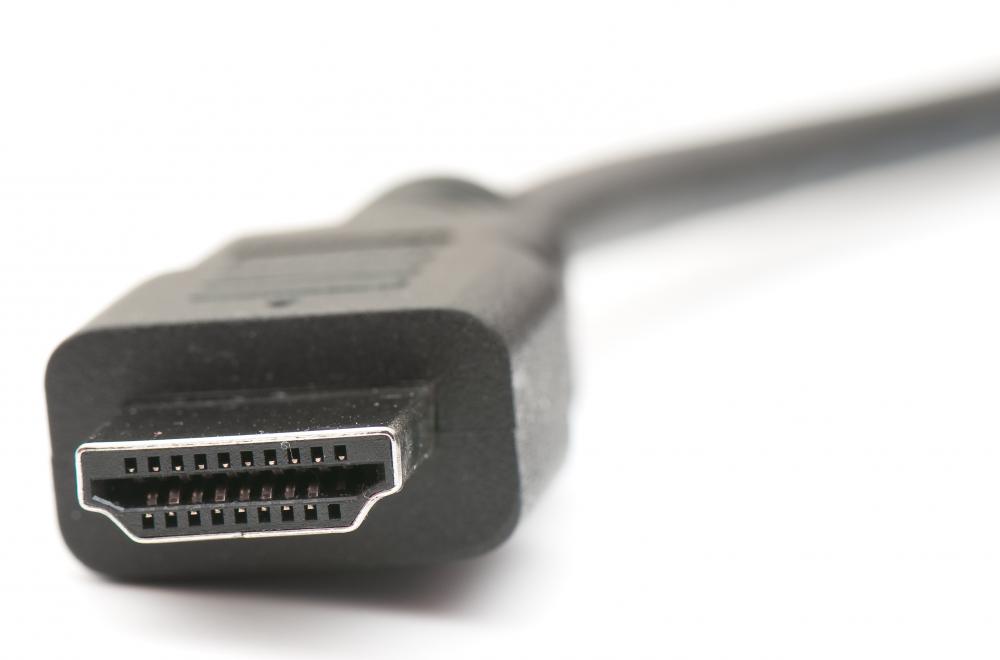At WiseGEEK, we're committed to delivering accurate, trustworthy information. Our expert-authored content is rigorously fact-checked and sourced from credible authorities. Discover how we uphold the highest standards in providing you with reliable knowledge.
What Are Active Cables?
Active cables are used for data transmission and feature a silicon chip that improves their performance. Cables that do not have a silicon chip installed are considered to be passive cables and have a tendency to lose data over the course of transmission. The improved efficiency of active cables allows them to transmit data faster and over longer distances than passive cables. These cables are primarily used in consumer electronics such as video game consoles, high definition televisions (HDTVs), digital cameras and recorders, as well as computer networking applications.
Cables are made active by the addition of a semiconductor chip which increases the quality of the data being transmitted. Equalization techniques are used as a way to filter and amplify the signal as it travels from the connector. Normally, semiconductor chips are used on both ends of the cable with one chip amplifying the transmission signal, while the second chip improves the quality of the signal before it reaches its final destination.

There are numerous benefits to using active cables as opposed to passive cables. Cables featuring active components are able to transmit data longer distances without losing signal quality. These cables also tend to be lighter, slimmer, and more flexible than their passive counterparts. In addition to the increased signal quality and smaller footprint, active cabling leads to less power consumption and lower energy costs as the signal processing is being completed within the cable itself and not through the host system.
New developments in technology are leading to smaller and faster consumer electronic devices. This trend has increased the demand for active cables as they are the ideal cabling solution for many consumer electronics due to their faster transmission of data and longer lengths. Many electronic devices allow these cables to be connected using a variety of standards, including DisplayPort, High Definition Multimedia Interface (HDMI), and Universal Serial Bus (USB), to name just a few. These connections enable the use of active cables by supplying power to them through special pins inside the connector.
Business enterprise storage and networking applications rely heavily on the use of active cables. Many business organizations have limited space for their networking equipment, and since active cables are capable of longer lengths and more flexibility, they allow for better cable routing. The use of active cables has been growing significantly, and now accounts for over 50% of the interconnection cabling solutions as opposed to copper or optical cabling.
AS FEATURED ON:
AS FEATURED ON:











Discuss this Article
Post your comments